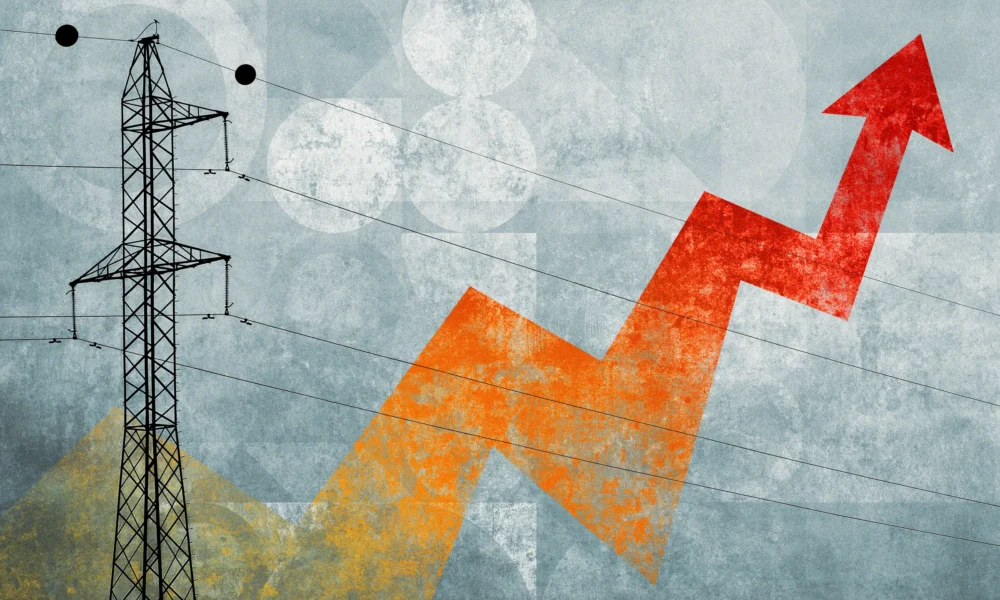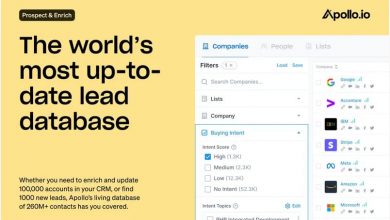The Rise of the “Energy Wallet”: Turning Kilowatts into Currency

For decades, UK households have paid for energy the same way — a flat-rate tariff, a monthly bill, and a limited view of where their money goes. But that’s starting to change.
Across the energy and technology sectors, a new idea is gaining momentum: the “energy wallet.” Much like a digital banking app or mobile wallet, it would let households view, store, and even trade their energy credits in real time.
Powered by smart meter technology, blockchain innovation, and open data reforms, the energy wallet could transform how consumers buy, use, and value energy — turning every kilowatt-hour into a potential financial asset.
From static billing to live energy balances
Traditional energy billing has always been retrospective. You use electricity or gas throughout the month, then receive a statement later telling you how much you owe. But with the growth of smart meters, dynamic energy pricing, and real-time usage data, that delay no longer makes sense.
Imagine being able to log into your energy account and see your daily energy balance, carbon footprint, and remaining credits — just like checking your current account balance on your phone.
Tim Bailey, Head of Partnerships at Free Price Compare, says this shift is already underway:
“We’re moving from bills to balances. Energy will soon be something you actively manage, not just something you pay for at the end of the month. The goal is transparency — customers should know what each kilowatt-hour costs, when it’s cheapest to use, and whether they have spare credit they can trade or roll over.”
The idea behind an energy wallet
An energy wallet combines smart metering with digital billing, allowing customers to pre-purchase energy units, store credits, and transfer value between accounts.
Just like digital banking, energy wallets could:
- Track every unit of electricity or gas consumed
- Display real-time costs and remaining balance
- Store unused energy credits for future use
- Exchange energy between homes, electric vehicles, or community microgrids
The concept is closely linked to the rise of blockchain energy trading, where excess renewable generation (from solar panels, for example) can be tokenised and sold to neighbours or local networks.
How smart technology makes it possible
Smart meters already record half-hourly usage and send this data to suppliers automatically. By integrating that information into a real-time wallet system, households could control when they buy energy — not just how much they use.
At present, most homes pay a fixed unit rate set by their supplier. But under a wallet model, customers could buy energy in small blocks at different times of the day, taking advantage of cheaper rates during off-peak hours or when renewable output is high.
Bailey explains:
“The same way people top up their phones when they need more data, we’ll see households topping up their energy wallets when prices are lowest. The tools are already here — it’s just about connecting them in a smarter way.”
Energy as a digital asset
Under this new model, energy becomes a tradable digital commodity. Consumers could store unused credits, roll them over month to month, or even sell them if market rates change.
This is where blockchain and decentralised energy platforms come in. Trials across Europe and Australia are already allowing homeowners with solar panels to sell excess electricity directly to neighbours through secure digital ledgers.
In the UK, the rollout of smart meters and half-hourly settlement rules creates the foundation for similar innovation. A wallet-based system could one day allow consumers to choose whether to use, save, or trade their stored energy — making kilowatts behave like currency.
The role of calculators and comparisons
While energy wallets remain in development, households can already gain a similar level of insight using digital tools. The energy bill calculator from Free Price Compare helps consumers estimate their monthly costs, understand where usage is highest, and test how switching habits could save money.
By entering their postcode, tariff type, and average consumption, users can simulate different energy usage scenarios — a crucial first step toward “energy budgeting.”
Bailey adds:
“An energy wallet only works if people understand what they use. Calculators are the training ground. Once customers see their actual usage in pounds and kilowatt-hours, they start thinking more like active managers, not passive payers.”
Linking both fuels under one digital account
For most UK households, gas and electricity are still billed separately — but that could change too. Linking both fuels into one digital account through dual fuel tariffs is the next logical step toward a unified energy wallet.
Dual fuel bundles already reduce administrative costs and can simplify billing, but their biggest advantage in a digital context is integration. When both fuels are managed in one system, a household could view its total energy balance in a single dashboard, track emissions, and pay from one digital wallet.
This kind of integration will be key to future household energy savings. As heat pumps, EV chargers, and smart thermostats become more common, consumers will need unified tools to manage total energy demand across devices and time periods.
Comparing the next generation of tariffs
As this technology evolves, traditional price tables will become obsolete. Consumers won’t just compare annual costs — they’ll look at how tariffs interact with their devices, lifestyle, and data.
Platforms that let users compare energy prices will need to show real-time variables such as:
- Hourly rates for flexible or dynamic tariffs
- Green energy mix (solar, wind, hydro)
- Carbon intensity
- Incentives for shifting usage to off-peak times
Bailey believes transparency is the bridge to innovation:
“You can’t empower customers without information. Comparison tools are what turn complex data into simple choices — they help users see whether flexible tariffs, energy wallets, or green plans will really work for them.”
Energy wallets and the rise of micro-economies
Energy wallets could also drive community-led change. In the future, local grids may allow groups of households to share or trade energy credits. For example, a family with rooftop solar panels could sell surplus power to neighbours during the day, while buying cheaper off-peak energy at night.
These community exchanges could create micro-economies where energy flows like money — locally generated, locally traded, and transparently priced.
In Scotland and parts of Wales, pilot schemes are already exploring how smart meter data and peer-to-peer trading platforms could support this model, reducing pressure on national infrastructure.
The road ahead
For now, the energy wallet remains in its early stages. But the foundation is being laid through three major UK developments:
- Smart meter adoption — giving every household real-time data access.
- Flexible and dynamic tariffs — aligning pricing with national grid demand.
- Open data platforms — allowing consumers to control and share their own energy data securely.
Together, these innovations could create a future where households don’t just pay for energy — they own it.
Bailey concludes:
“We’re on the edge of something big. Once consumers can see and store their energy value digitally, they’ll think about power differently. They’ll budget, trade, and plan with confidence — and that’s what will finally make the energy market fair, flexible, and future-ready.”




